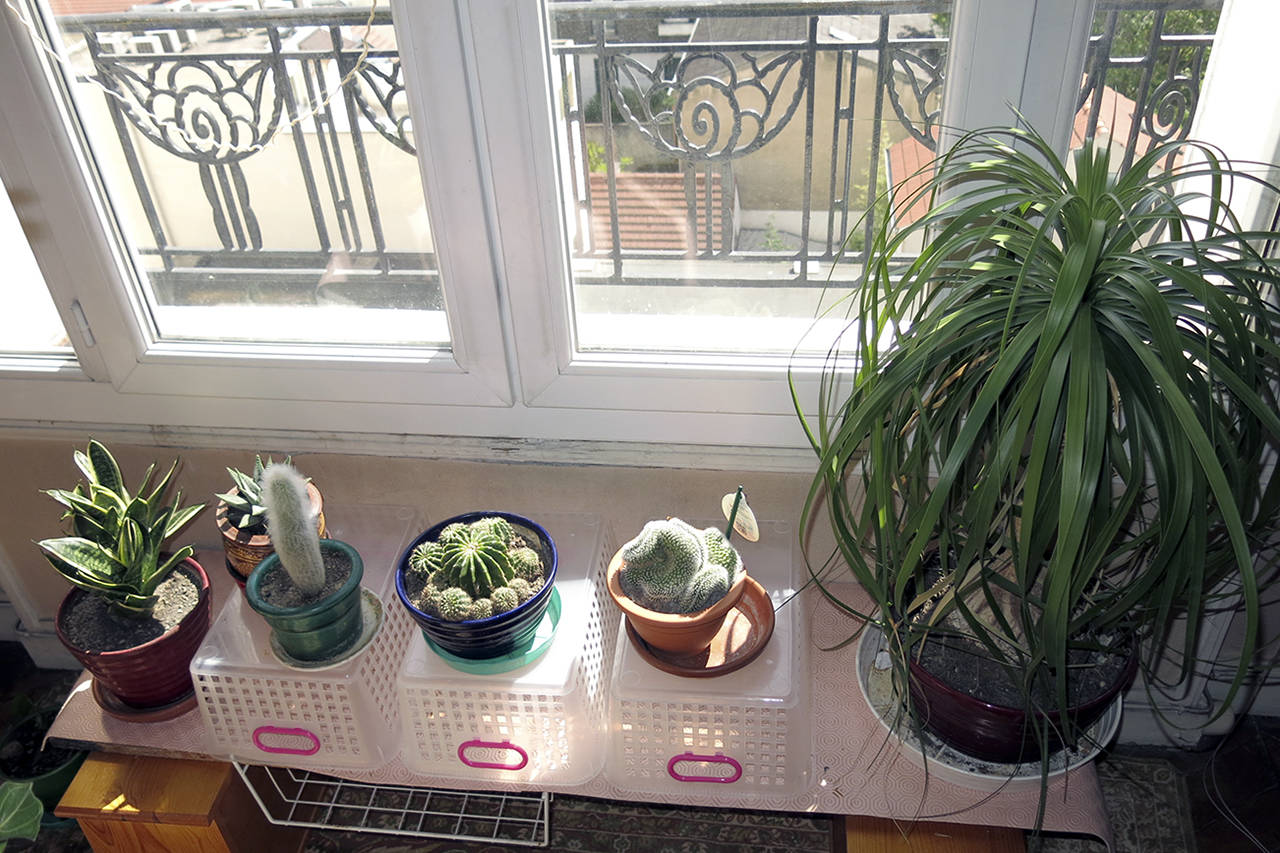By Dauna Koval
WSU Master Gardener
My holiday plants are scattered throughout the house, and it’s time to decide what to do with them.
The poinsettias have lost most of their leaves, and they’re a lot of trouble to keep alive, so they’re going into the compost. My lovely black anthurium has been blooming continually since last year. I’ll keep it where it is, feed it and take another look next year. My new Christmas cactus was forced to bloom for December and has since dropped all its blooms, but I know it’s worth keeping.
We’re also getting close to the time to consider repotting house plants, so let’s determine how to do that.
First, make sure the plant is done blooming, but still actively growing. Check the leaves next; if they are dry, pale or falling, consider repotting. However, these can also be signs of disease or insect damage.
The best way to tell if a plant needs repotting is to look at the roots. Are any pushing through the soil surface? Are any growing out of the drainage hole? Carefully tip the plant out of its pot. Are there new or densely matted roots on the exterior of the root ball? Does the root ball take up most of the room, with little potting medium left? Do some roots form a thick spiral at the base of the pot? All of these are indicators of a pot-bound plant that needs more space and fresh soil.
Make sure not to repot during the plant’s rest period, but during active growth. If the roots aren’t growing, they won’t reach out into the new potting mix. This can result in waterlogging the plant.
Many house plants are still in their winter rest. It would be better to wait until early spring to repot them. If the plant is ailing from anything besides needing more room, cure any problems first. Healthy plants better survive the shock of transplanting.
Select a clean, disinfected pot, one or two inches larger in diameter than the current one. Next, select a potting mixture appropriate to the plant. Indoor potting soil for general use will work for most plants. Cactus mix is better for plants needing less water, such as succulents and cacti. African violet mix has a higher pH and is good for plants that need more alkaline soil. Orchid bark comes in several-sized bark chunks and is good not only for orchids but also for other epiphytic plants, which get their nutrients from the atmosphere instead of the soil. The bark is for support rather than nutrition, so select the bark size the plant is already in or will provide the best support to keep the plant upright.
Now add a layer of drainage material, such as gravel or small pebbles, to the bottom of the new pot. I also like to add a thin layer of small charcoal pieces to help keep the potting medium and water that collects in the bottom clean and free from micro-organisms. Add enough of the potting medium to the bottom of pot to bring the root ball to within an inch or an inch and a half of the top of the pot. This will leave space for watering.
Center and level the root ball in the pot and fill in potting mixture around the plant, firming it as you go. Water the plant well from the top and let it drain for an hour or so. Clean up, then set the newly potted plant on a saucer or other container to protect your windowsill. Keep the plant in indirect light for a few days to let it adjust before setting it back into its normal place.
Voila! Your plant will show its appreciation with new healthy growth.
Dauna Koval is a “warmer weather” WSU Master Gardener, Class of 2016. She tends gardens in Ocean Shores and Renton. In winter and early spring, she focuses on the inhabitants of her indoor greenhouse windows. Visit PNWMG.org for information about the local WSU Master Gardener Program.


